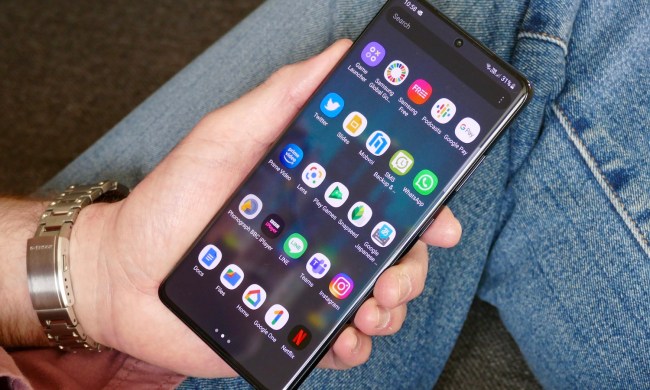Popcorn is tasty, easy to prepare, goes well with your favorite Saturday night movie, and … it could help power future robots? At least, that is the unorthodox conclusion of work coming out of Cornell University, where researchers have demonstrated how it is possible to use nothing more than popping kernels to make a robot mechanism, such as a gripper, spring into action.
“Our lab is interested in multi-functional designs that permit simple robots to achieve complex tasks,” Steven Ceron, a Ph.D. researcher in Mechanical Engineering at Cornell, told Digital Trends. “Specifically, we are looking for ways that soft robot collectives can build amorphous structures out of their own bodies inspired by multicellular slime mold. To do this, we need an inexpensive fluid that can change rigidity and potentially expand upon deployment. Popcorn successfully demonstrates these features.”
The downside of this method of actuating robots in this way is that popping is irreversible, giving it a big disadvantage compared to regular rechargeable batteries. While popcorn can’t be un-popped, however, the exhausted kernels can be easily dissolved using water, after which new kernels can be reinserted to begin the process again.

On the positive side, popcorn kernels are also readily available at a very cheap price, and show some impressive physical attributes. For example, they pop with considerable strength, expand up to 15 times their original size, and change inter-granular friction by an order of magnitude. Kernels could additionally be used to make robots which are biodegradable since they wouldn’t leave behind a battery as they decompose.
In their demonstration, the Cornell researchers successfully showed off a variety of different ways to heat the popcorn. These included heating the air around the robot gripper to pop the corn, heating it via microwaves, or heating it using direct contact with a hot Nichrome wire. They showcased the mechanism working effectively with soft, compliant, and rigid-link robot grippers. In the future, they hope that demos such as this one will inspire other novel robotic mechanisms for a variety of applications.
A paper describing the work, titled “Popcorn-Driven Robotic Actuators,” was recently presented at the International Conference on Robotics and Automation (ICRA) 2018 event in Brisbane, Australia.


